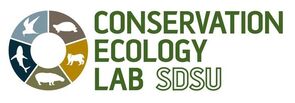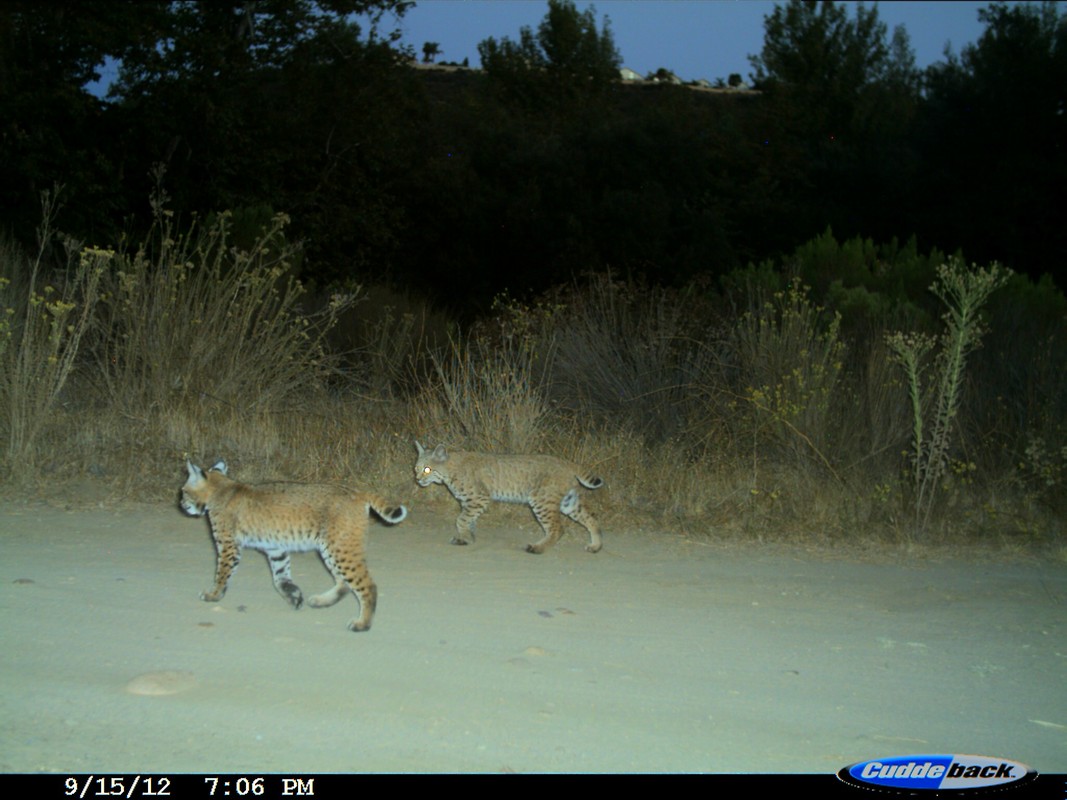
|
Bobcats are small carnivores that are widespread in the United States. Beyond a species of conservation interest in their own right, bobcats can also act as an indicator of functional connectivity. That is because bobcats need to disperse, have relatively large home ranges, utilize urban edge, and are resource selection generalists. If bobcat populations can move across a landscape, then it is possible that maybe other plant and animal species can too. If bobcats cannot move across the landscape, then it tells us that the landscape has barriers and is fragmented.  Julia Smith, a Masters candidate in the Lewison lab, is using bobcat genetics to learn more about landscape connectivity. Julia is building a dataset that uses bobcat genetic data from throughout Southern California, in collaboration with the National Park Service, the United States Geological Survey, Colorado State University, and the University of California, Los Angeles. By running microsatellites, a type of genetic marker, Julia will be able to see if there are any differences in bobcat dispersal through a gradient of urbanization in Coastal Southern California.
0 Comments
Leave a Reply. |
Archives
July 2024
AuthorThe Lewison Lab Categories |


 RSS Feed
RSS Feed
